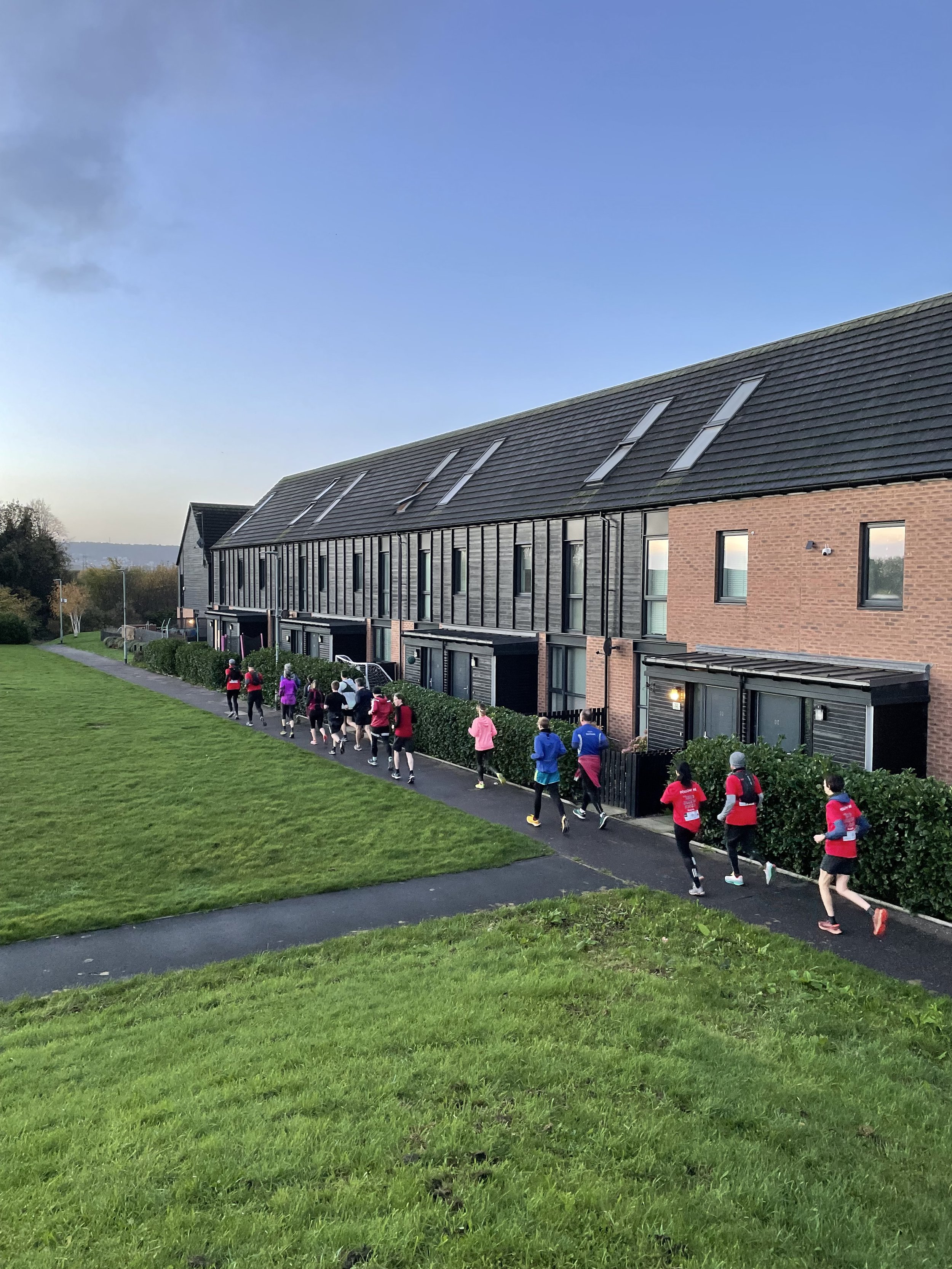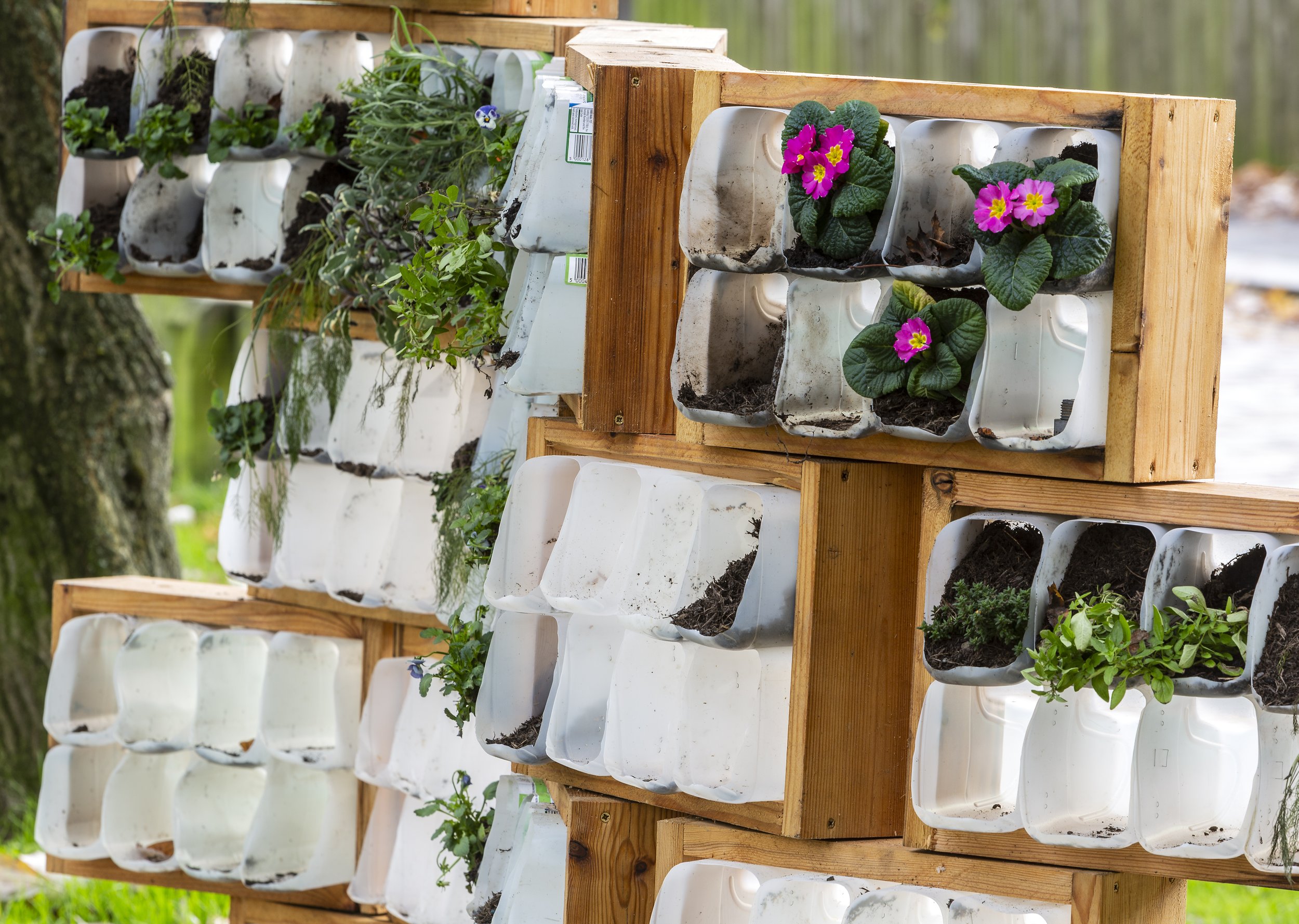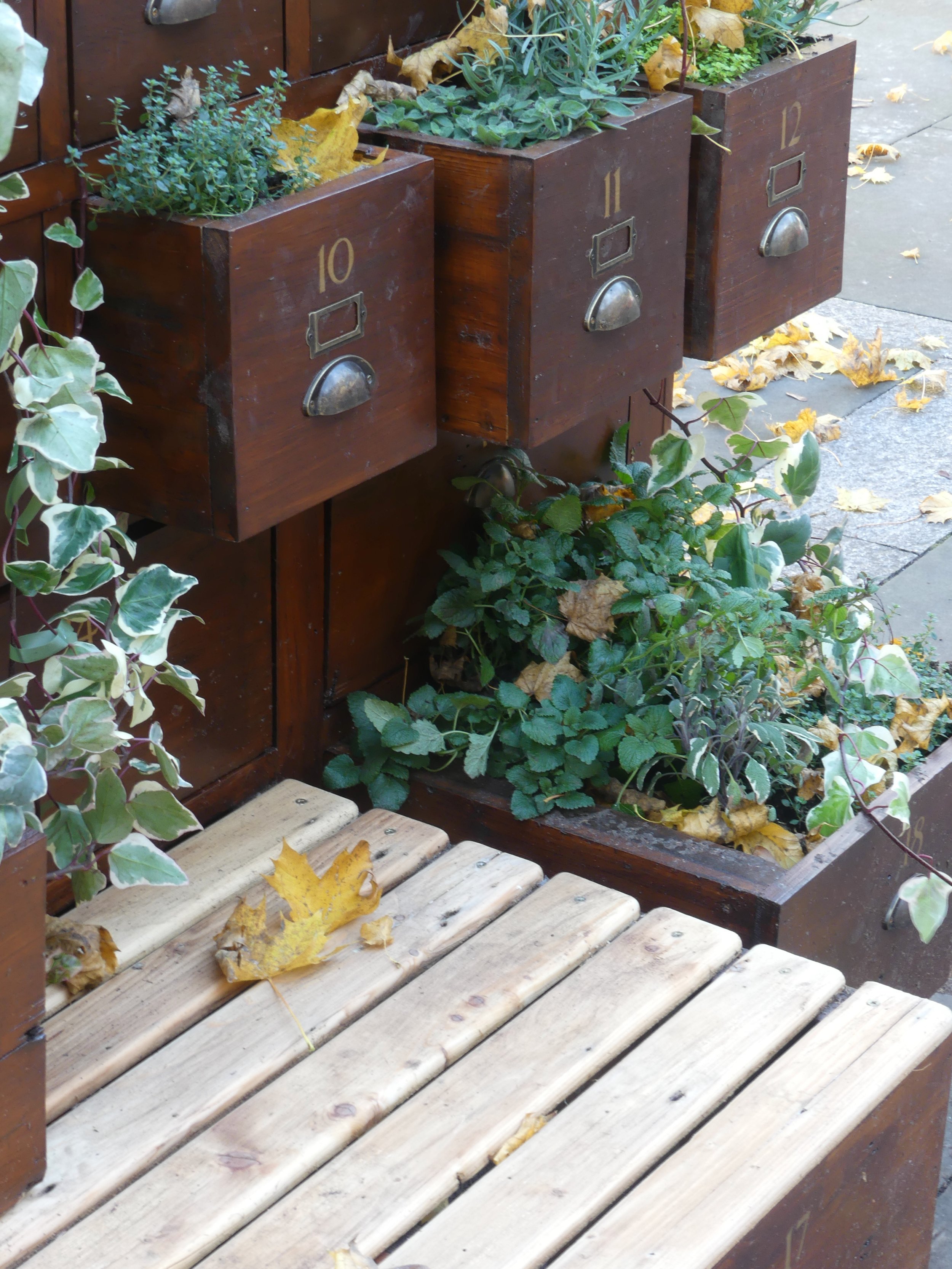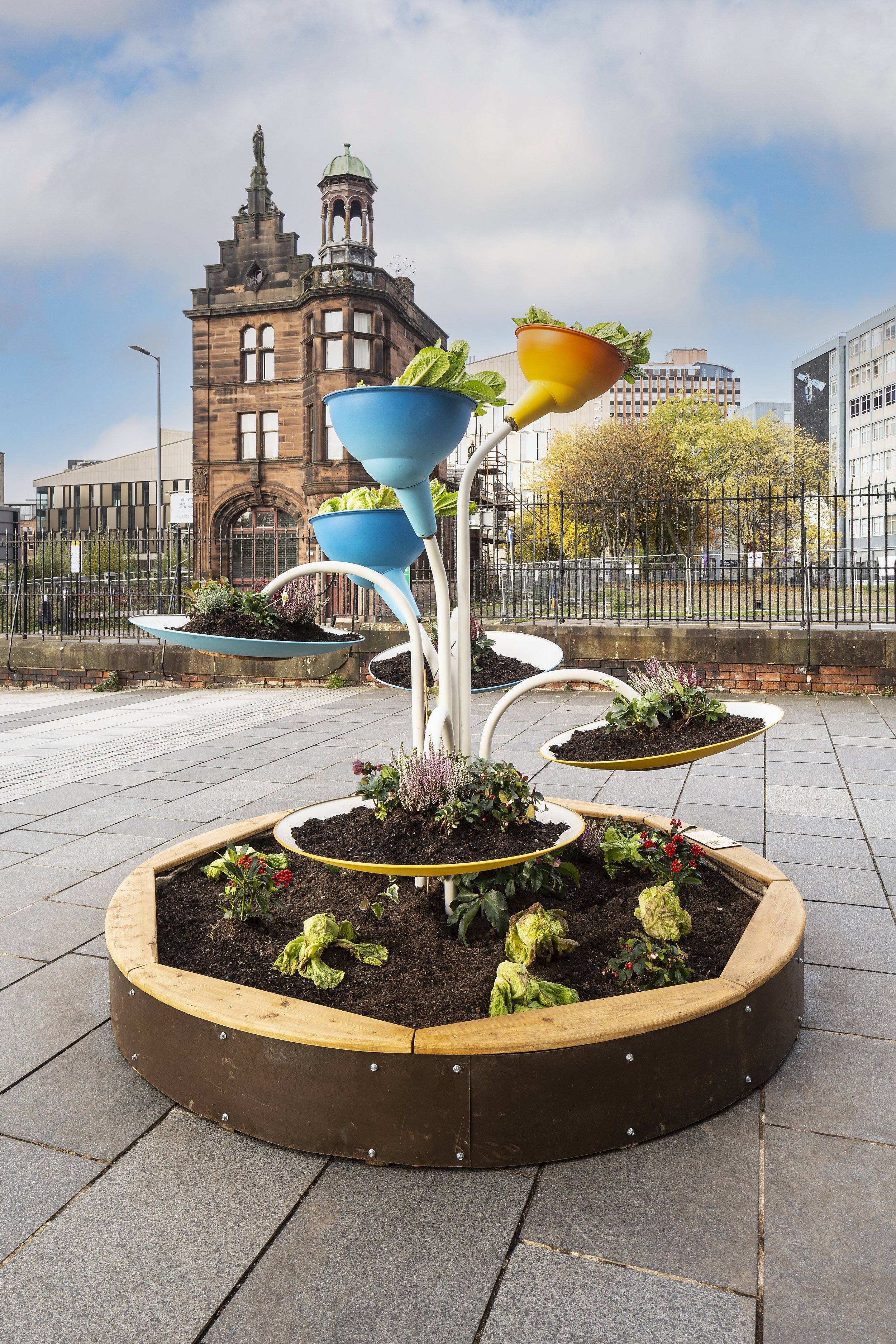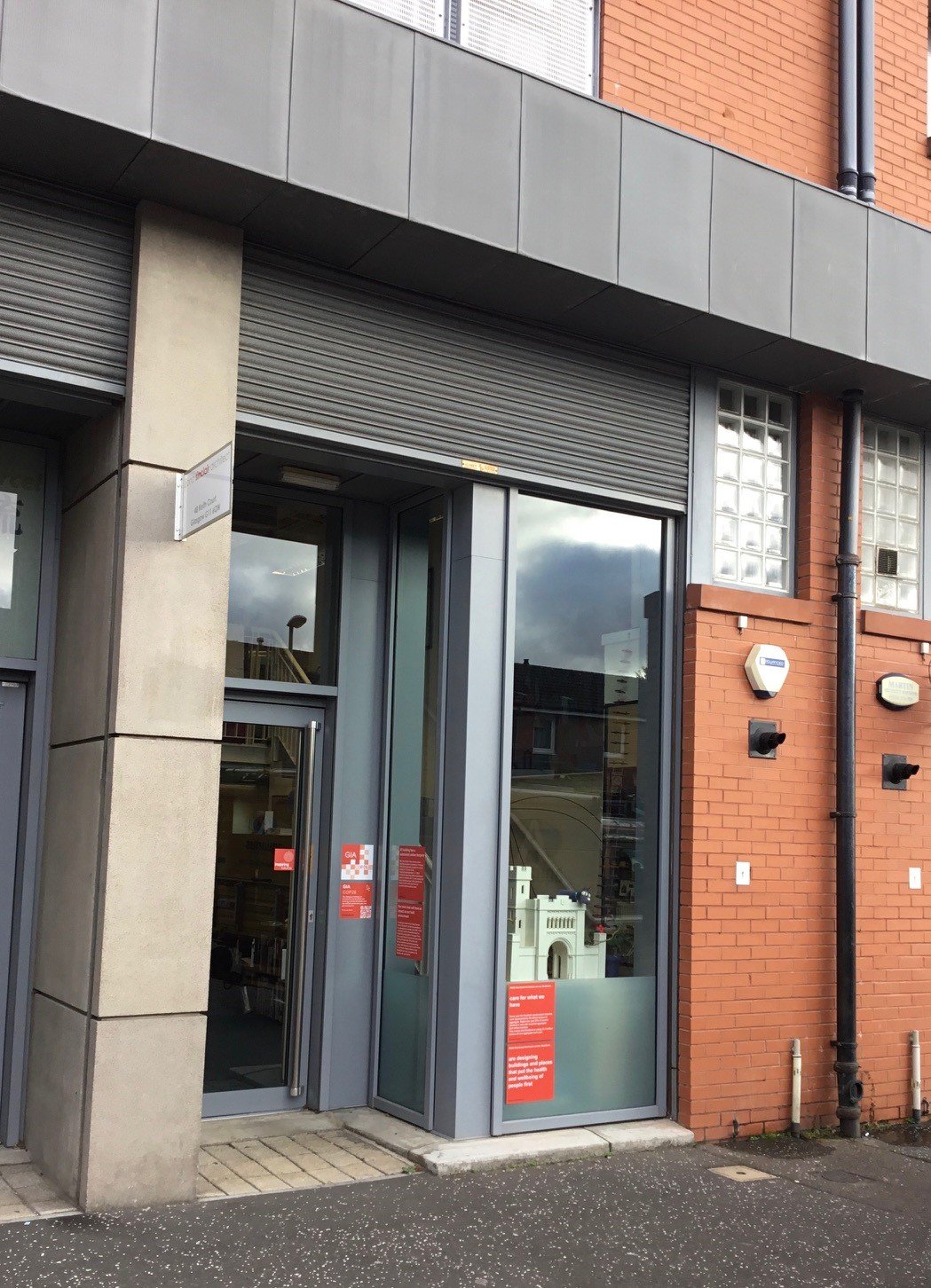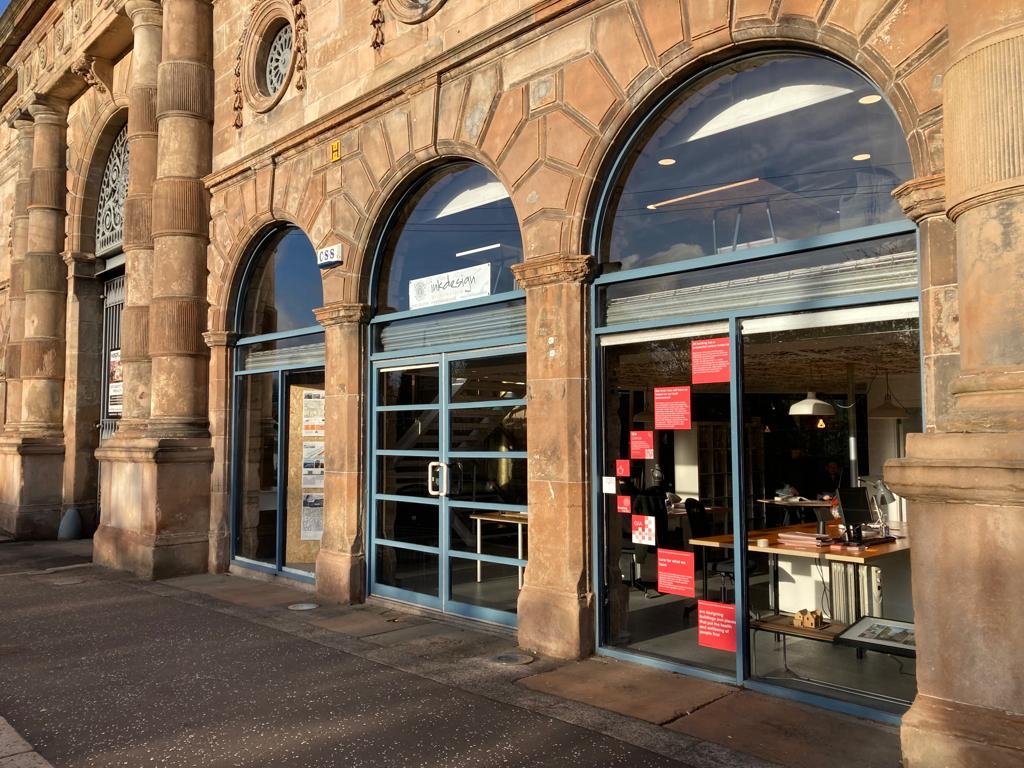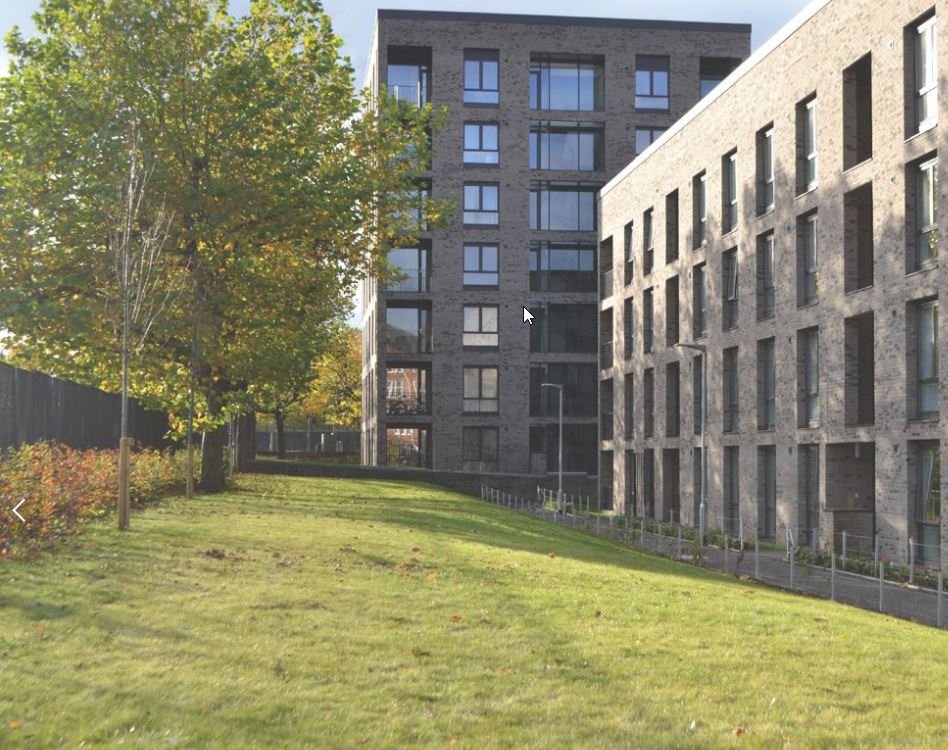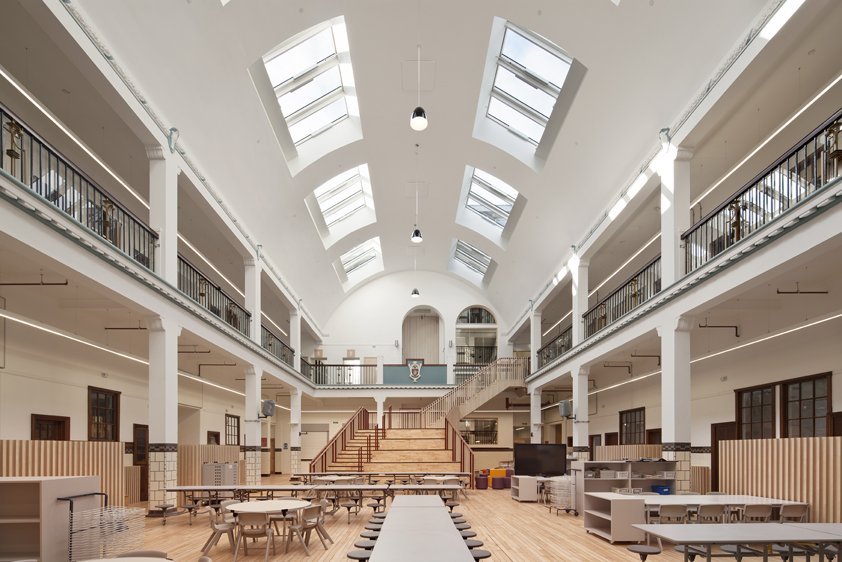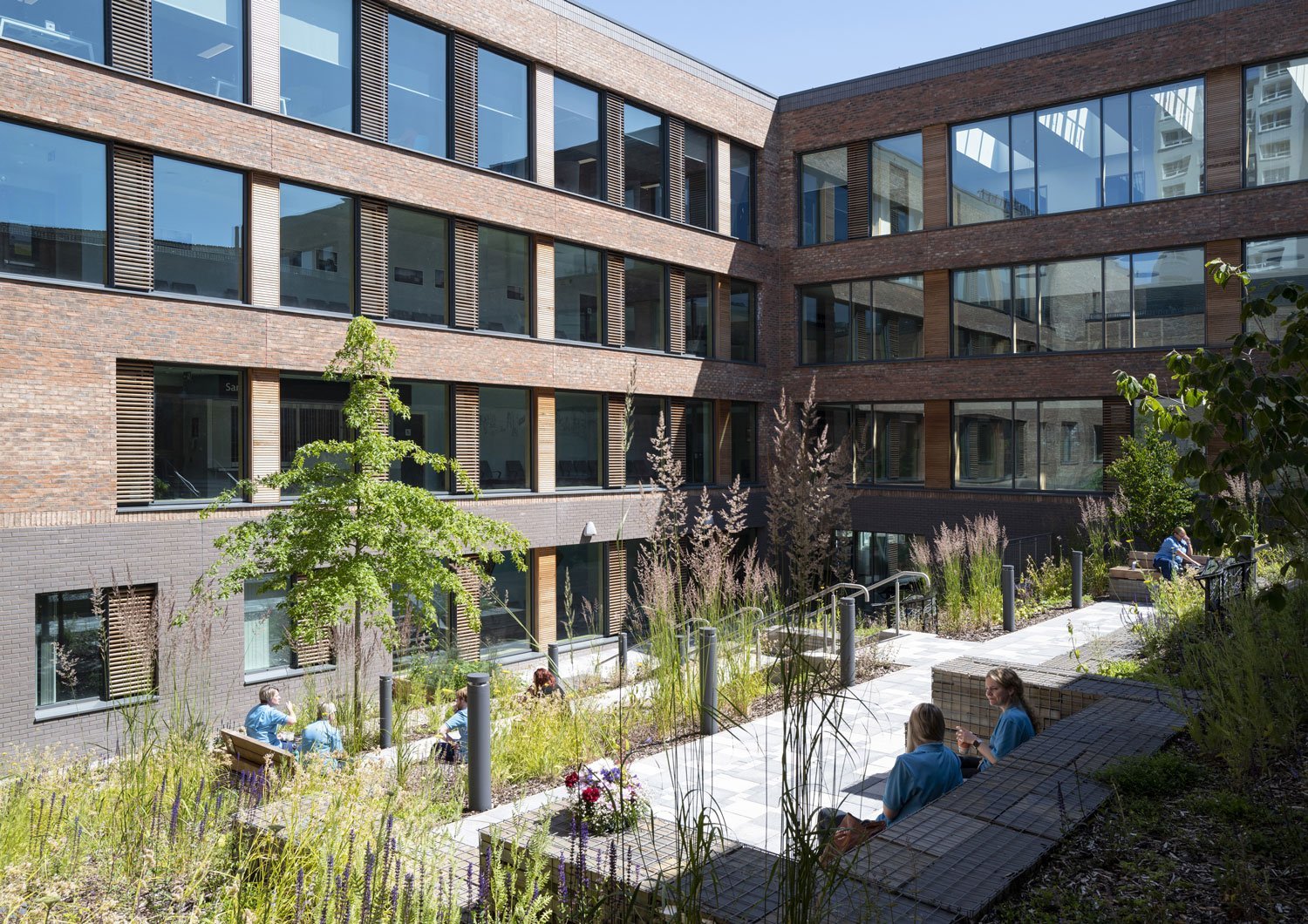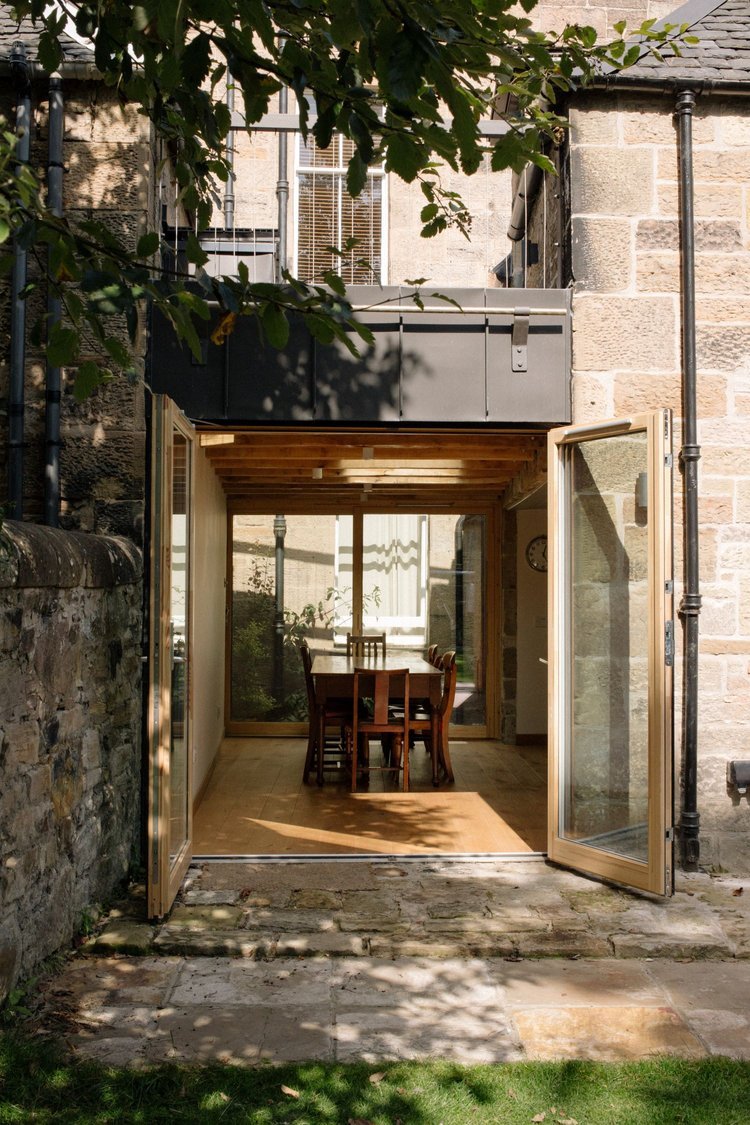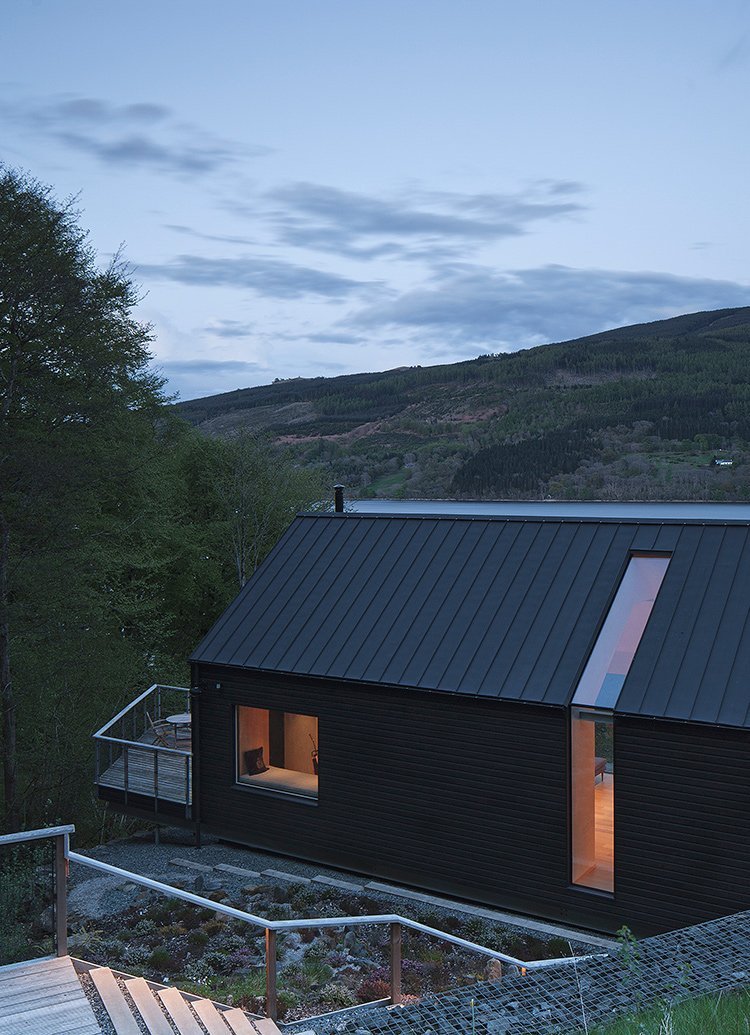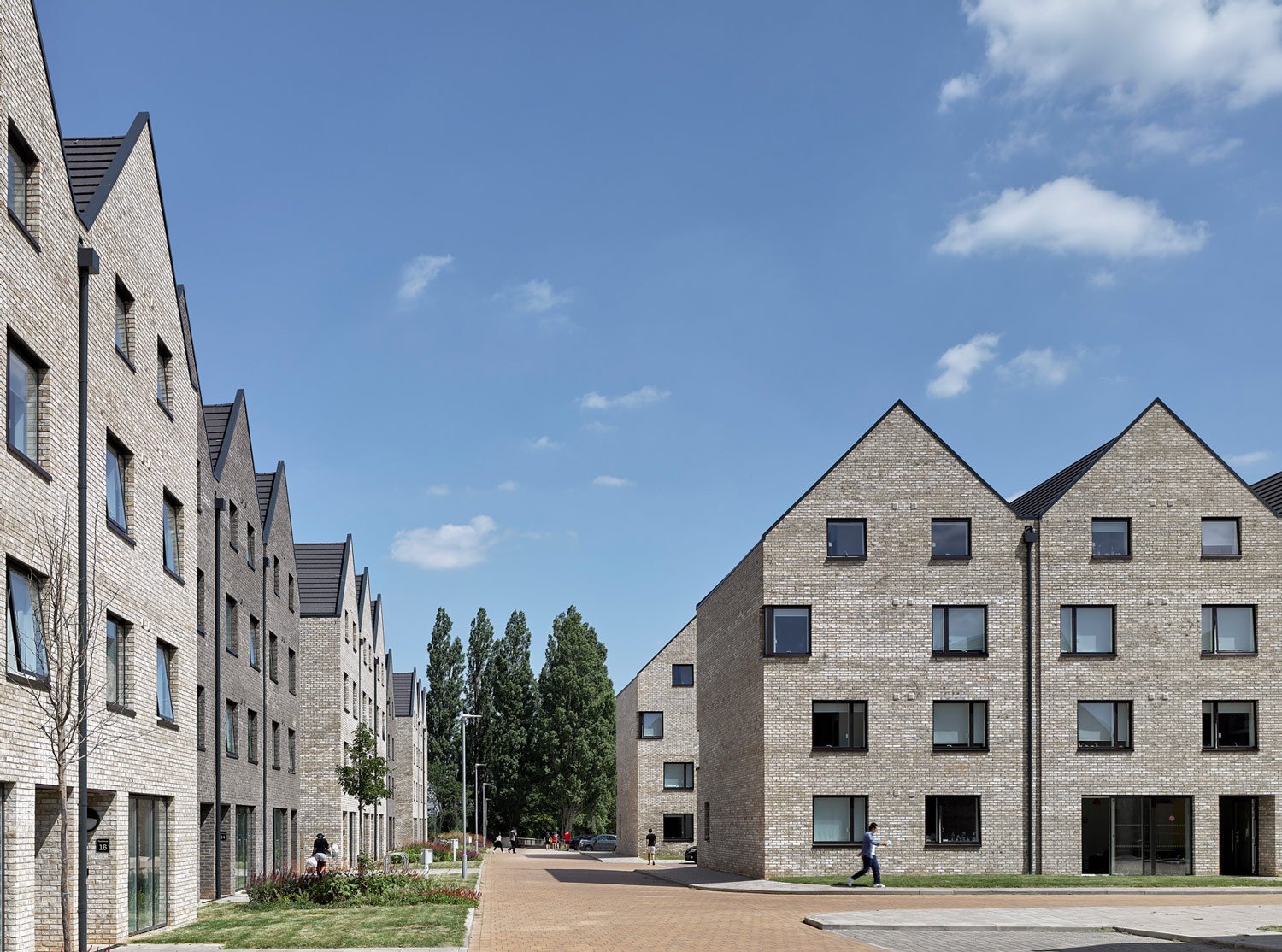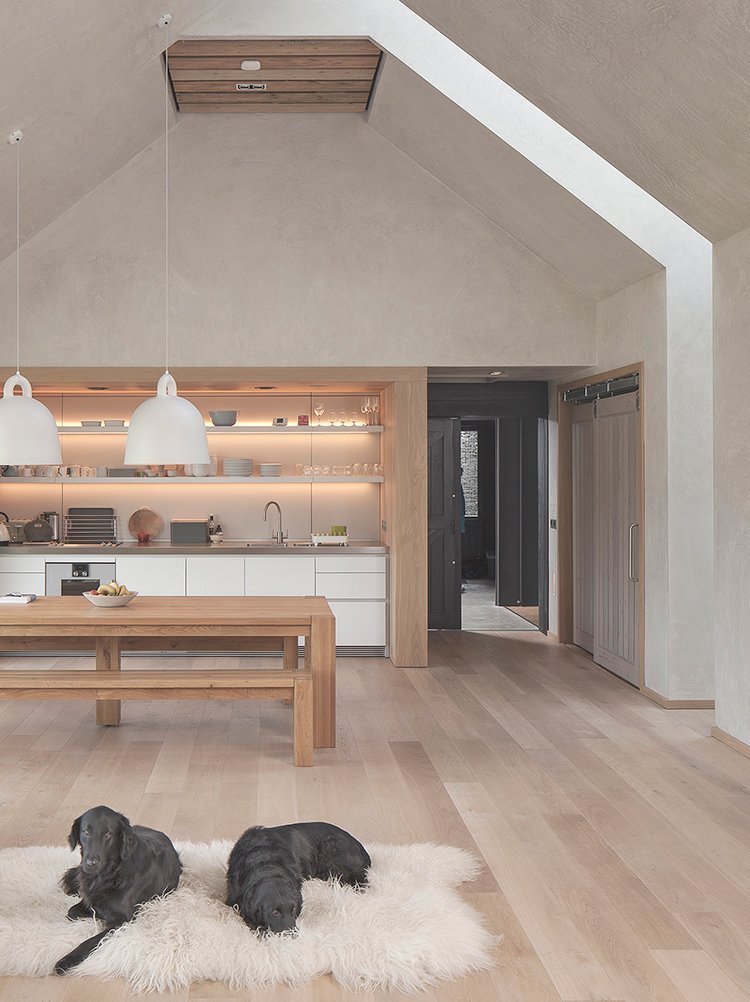GIA CHAPTER REPORT: WINTER 2021
Whilst 2021 has been a busy year generally for the Glasgow Institute of Architects, it has come to a climax in the final months of the year with Glasgow hosting the United Nations Climate Conference COP26 which the GIA attended as delegates of the RIAS whilst also hosting a number of fringe events, followed in quick succession by the GIA’s Annual Design Awards.
Whilst the outcome of COP26 remains a matter of debate and disappointment for many, it has been encouraging to see that the conference has acted to galvanise the energy and activism of people from all walks of life across Scotland and raised significant awareness of both the enormity of the challenge posed by man-made climate change but also of the solutions that exist at our fingertips. Within the architectural community, pop-up’s and events emerged including the COP26 House by Beyond Zero Homes and ‘Architecture in Crisis’, an exhibition curated by ACAN at the New Glasgow Society’s High Street shop. The GIA itself organized a range of events including our ‘COP Shop’ on High Street which was visited by numerous visitors to the city; our #COP26shopfronts exhibition, in which seven practices across the city curated exhibitions in their street-facing window fronts to highlight how architects can help in the fight against climate change; our High Street Planters, a collaboration with Chonk Studio, Greyfriars Garden and Glasgow City Council to re-purpose every-day items to give them a new lease of life as part of a new biophilic corridor through the city; and COP Runs, a joint endeavour with John Gilbert Architects in which we led a series of organized runs around routes that also featured on a series of maps highlighting buildings at risk through climate change as well as examples of sustainable architecture. The GIA also teamed-up with the Royal Institute of British Architects (RIBA) to deliver a workshop on sustainability and architecture with students at the Glasgow Gaelic School. Delivered by our members Nicola Wilson, Stephen Doherty and Robin Webster, the workshop explored the impacts of the built environment on climate change. The success of COP26 will no doubt continue to be debated for months and years, however the conference has seen incredible grass roots projects being mobilised from various fields and backgrounds and I am hopeful that these positive ambitions will be transformed into positive action as we continue down the road to net-zero carbon.
Following hot-on-the-heals of COP26, the GIA held its annual GIA Design Awards on 25th November. I am delighted that our Annual Design Awards were once again able to take place in their usual format, with visits to each of the shortlisted projects and the results being presented at the GIA’s Annual Dinner. It was encouraging to again receive 46 entries from 25 architectural practices for this year’s awards, with projects once again spread across the chapter area as well as further afield, with projects as far as Coventry, and demonstrated the skill and resourcefulness of the architects practising within the GIA chapter. The standard was once again very high, and the judges were particularly impressed with the quality of the Single-Dwelling Residential category which continues the trajectory of high-quality set by last year’s awards. The GIA’s Supreme Award was given to Lochside House by HLM Architects which also scooped the award in the Single-Dwelling Residential Category as well as the Sustainability Award. The small and beautifully detailed largely-off-grid single-dwelling in rural Perthshire maximises the characteristics of a difficult site, opening up views over the loch and navigating the level change with minimum effort whilst combining active and passive sustainability measures. In total, the GIA gave out 11 commendations and 8 awards at an awards ceremony held at Barras Art and Design which was coordinated by our Vice-President Shona MacVicar and her Communications team. HLM Architects also brought home an award in the Education Category for James McCune Smith Learning Hub at the University of Glasgow. Other winners included Ayr Grammar Campus by BDP which won the Conservation award as well as a commendation in the Education Category, and Edinburgh Townhouse by BARD, who scooped an award in the Small Works Category for the second year in a row.
Finally, at a Special General Meeting of the GIA Membership on 7th October the GIA Membership voted to approve a new constitution that reforms the governance structure of the organisation, allowing the GIA to incorporate into a Scottish Charitable Incorporated Organisation and granting student members voting rights and the ability to sit on GIA Council for the first time. These important changes will provide a new, inclusive, and forward-thinking foundation for the organisation for years to come and we look forward to implementing them in the weeks and months ahead.


